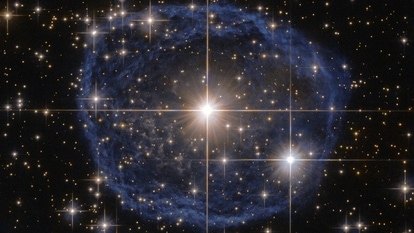6 MASSIVE solar flare eruptions have SHOOK the Earth; Know the solar storm danger
Since Monday, as many as 6 M-class solar flares have erupted in the newly formed sunspot AR3234. And worryingly, the sunspot continues to grow. Can this result in a massive solar storm? Find out.
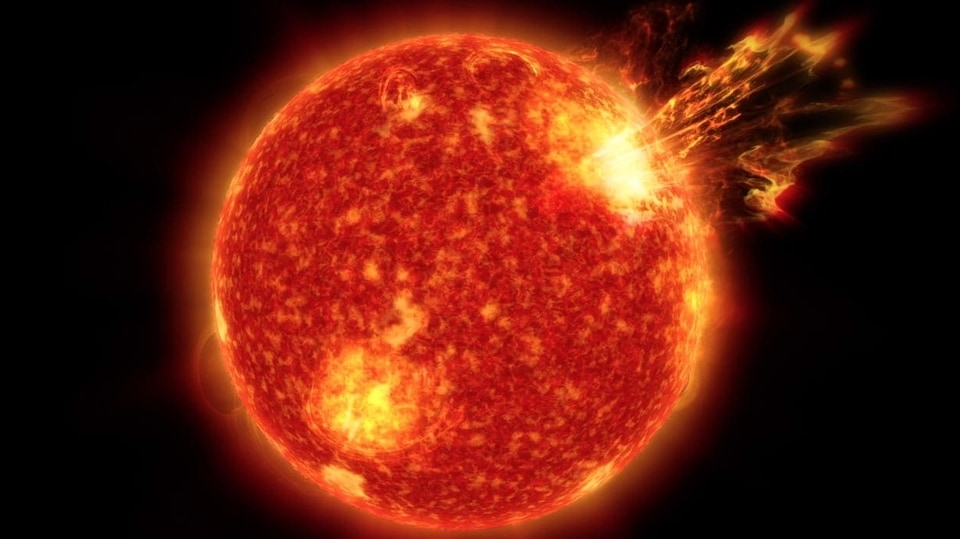
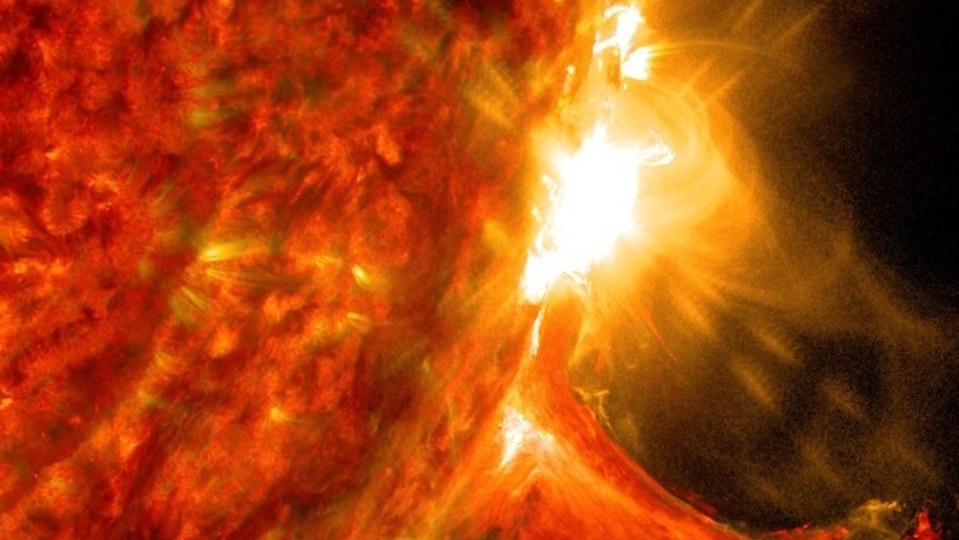
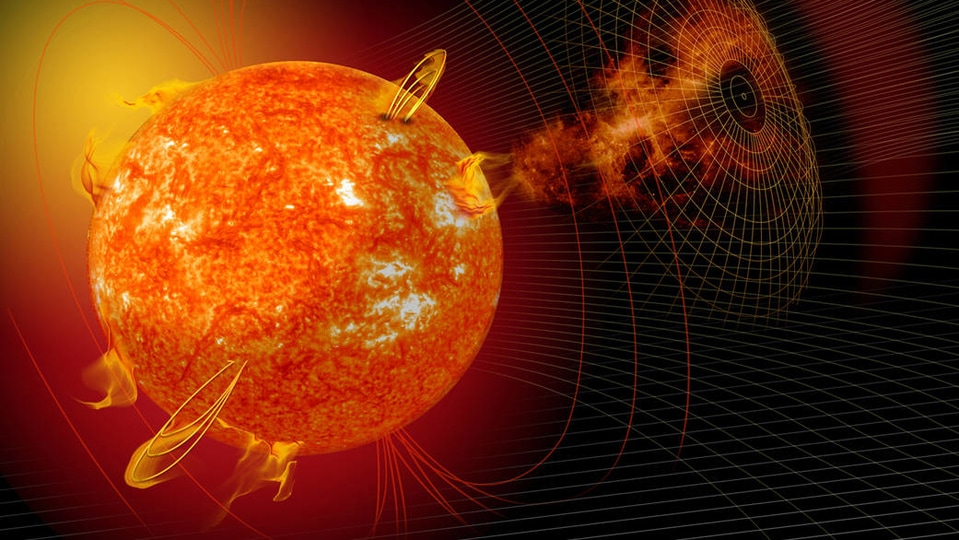

_1639373804152_1639373815879.jpg)
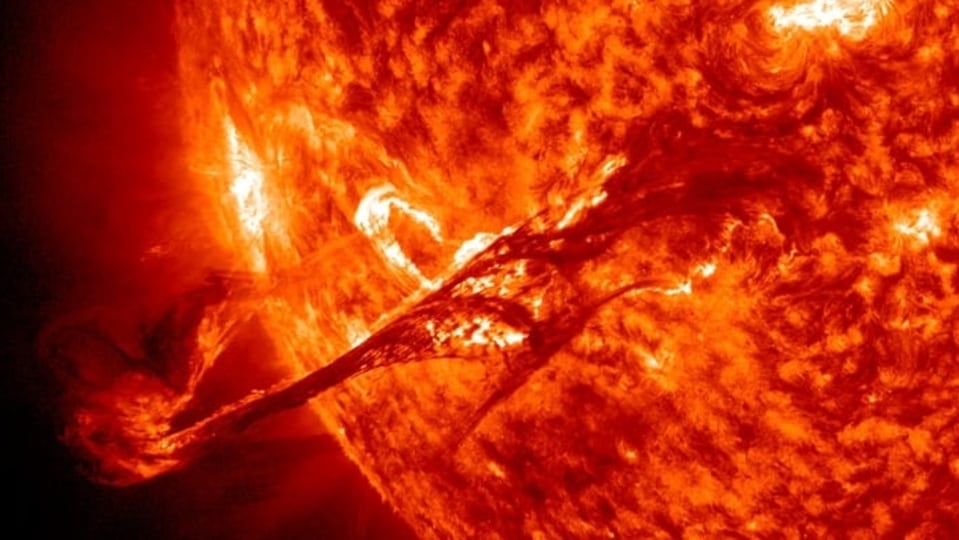
 View all Images
View all ImagesYesterday, February 22, it was reported that a new sunspot has emerged on the Sun and it appears to be extremely unstable. The sunspot AR3234 was first spotted on the Earth-facing side of the Sun on Sunday and ever since, it has been growing continuously. Since Monday, it has caused as many as six M-class solar flares with no indication of stopping. These flares have bombarded the upper atmosphere of the Earth with radiation that has caused continuous radio blackouts for low frequency waves. Above all, there is a fear that in the coming days, there could be a massive solar storm event caused by the sunspot.
The development was reported by SpaceWeather.com which noted on its website, “Growing sunspot AR3234 is crackling with solar flares, including more than half a dozen M-class events since Monday. Pulses of radiation are ionizing the top of Earth's atmosphere, causing a rolling series of shortwave radio blackouts around all longitudes of our planet. This sunspot will become even more geoeffective in the days ahead as it continues to turn toward Earth”.
Non-stop solar flares trouble the Earth
This particular sunspot has become a source of worry for astronomers. In recent times, we have seen larger and more unstable sunspots but they have always formed on the farside of the Sun and have exploded when they were not on the Earth-facing side. However, AR3234 was born on the solar disk overlooking the Earth and it is expected to stay here for a few more days. This means that more solar flare eruptions are on the way.
Concerns are around X-class solar flares as well. Just last week, the Earth suffered the blow of an X2.2-class flare which caused radio blackouts all across the American continents. Further, a massive solar flare eruption is also likely to release a huge amount of coronal mass ejection (CME) which can cause a devastating solar storm on Earth.
Such solar storms can potentially damage satellites, break down mobile networks and internet services, cause power grid failures and corrupt sensitive ground-based electronics. But it is too early to say whether this can happen or not. For now, astronomers are closely monitoring the situation around this sunspot.
Catch all the Latest Tech News, Mobile News, Laptop News, Gaming news, Wearables News , How To News, also keep up with us on Whatsapp channel,Twitter, Facebook, Google News, and Instagram. For our latest videos, subscribe to our YouTube channel.



